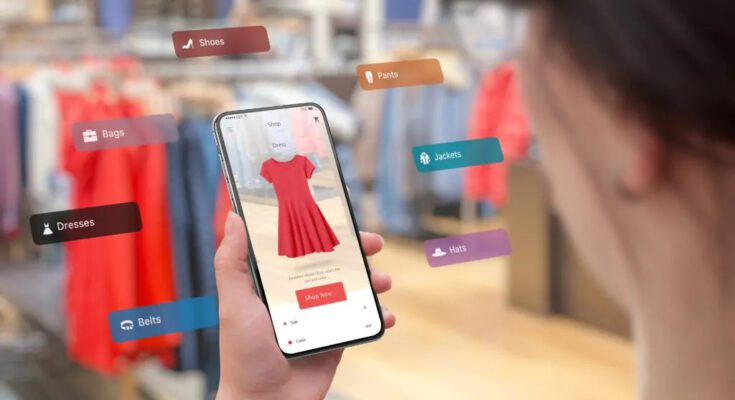Integrating AI (Artificial Intelligence) and AR (Augmented Reality) into 3D configurators can significantly enhance user experience by providing advanced customization options and realistic visualizations. Here’s how these technologies can be leveraged:
- AI-driven Customization:
- Personalization: AI can analyze user preferences and past interactions to suggest personalized configurations. For example, based on historical data or user inputs, AI can recommend design elements or product features that match the user’s style or requirements.
- Smart Recommendations: By employing machine learning algorithms, the configurator can suggest combinations that are likely to appeal to the user, improving the likelihood of a satisfactory configuration.
- AR Visualizations:
- Real-time Visualization: AR in ecommerce allows users to see the configured product in their real environment through a smartphone or tablet camera. This provides a more realistic representation of how the product will look and fit in their space.
- Interactive Experience: Users can interact with the AR model, rotating it, changing perspectives, and observing it from different angles. This interactivity enhances engagement and helps users make informed decisions.
- Enhanced User Interface:
- Intuitive Controls: AI can optimize the user interface based on user behavior and preferences, making the configurator easier to use and navigate.
- Natural Language Processing (NLP): Integrating NLP can enable users to interact with the configurator using voice commands or natural language queries, enhancing accessibility and usability.
- Real-time Feedback and Adjustments:
- AI Analysis: As users make adjustments, AI can provide real-time feedback on design feasibility, cost implications, or compatibility issues.
- AR Simulation: Users can simulate real-world scenarios using AR, such as testing furniture placement or seeing how a car model fits in their garage, allowing for adjustments before finalizing their configuration.
- Data-driven Insights:
- User Behavior Analysis: AI can analyze user interactions with the 3D product Configurator to identify patterns and preferences, which can inform future product designs and marketing strategies.
- Performance Optimization: Data analytics can help optimize the configurator’s performance and functionality based on usage patterns and user feedback.
- Integration with E-commerce Platforms:
- Seamless Transactions: AI can facilitate seamless integration with e-commerce platforms, enabling users to directly purchase their configured products.
- Personalized Offers: AI can suggest personalized offers or promotions based on user preferences and configurations, enhancing the overall shopping experience.
In summary, by integrating AI and AR into 3D configurators, businesses can offer a more engaging, personalized, and realistic user experience. This not only improves customer satisfaction but also helps drive sales and build brand loyalty through innovative and interactive digital experiences.



